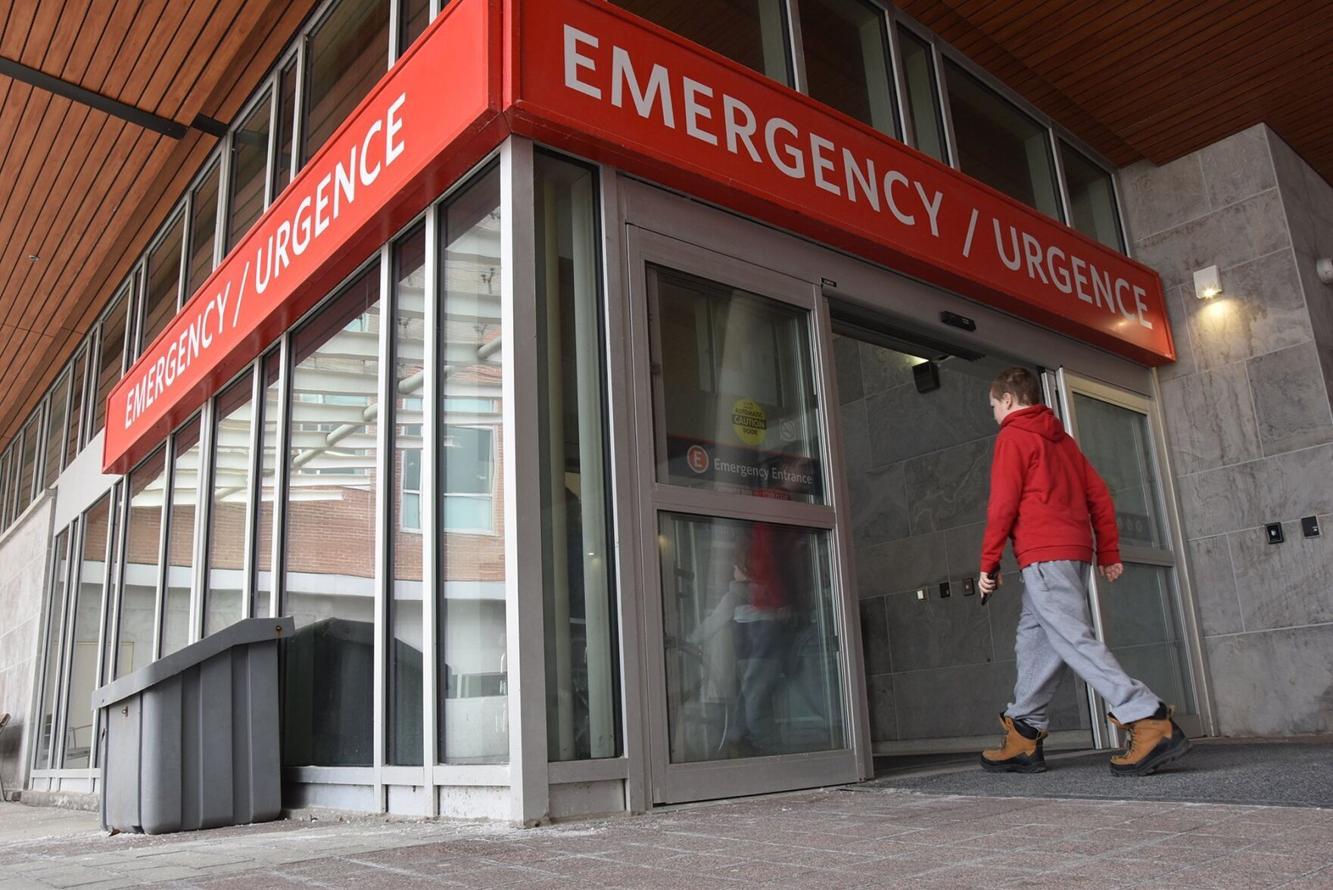Nearly 300,000 patients walked out of Ontario emergency rooms last year without receiving medical treatment, according to a new study by the Montreal Economic Institute (MEI), highlighting growing pressures on the province’s health-care system.
The study found that out of almost six million ER visits across Ontario in 2024, 292,695 patients—just under five per cent—left before being treated. While Ontario recorded the lowest walkout rate in Canada, the number still reflects significant strain. Nationally, 1.26 million patients left emergency rooms untreated out of 16.3 million visits, representing an average walkout rate of 7.8 per cent. Prince Edward Island reported the highest rate at just over 14 per cent.
“These patients are not leaving because they feel better, but because the system is failing them,” said Renaud Brossard, MEI vice-president of communications. “Thousands of Ontarians are being denied access to care each year.”
Almost half of Ontario patients who left were classified as requiring urgent, though not life-threatening, medical attention—raising concerns about patient deterioration while waiting.
Wait Times a Key Factor
Although the study did not include specific reasons for ER departures, earlier MEI data shows Ontario patients wait an average of four hours before being discharged, suggesting long wait times are a key factor. Some patients also leave due to personal circumstances, such as work or family obligations, or because their condition improves.
During the COVID-19 pandemic, fewer patients visited ERs and those who did were typically urgent cases. Now, rising population levels and an aging demographic are increasing patient volumes, putting additional pressure on hospitals and clinics.
Government Response and Capacity Challenges
The Ontario Ministry of Health highlighted recent investments aimed at reducing ER strain, including $44 million to address emergency wait times and $10 million to upskill 1,000 nurses for ER work. The province also expanded the Learn and Stay Grant to support workforce development.
Since July 2022, the province says emergency room closures have declined by nearly 82 per cent. Additionally, changes allowing pharmacists to treat common ailments and a plan to connect every person to a primary care provider by 2029 have contributed to a reduction of nearly 200,000 annual ER visits.
However, economist Emmanuelle Faubert of MEI noted that limited clinic access is forcing more patients to turn to emergency rooms. Some walk-in clinics are only treating existing patients, further straining ER capacity. “We’re having increasing difficulty accessing care,” Faubert said. “It shows a real lack of capacity.”
System Under Pressure
With population growth and an aging demographic intensifying demand, experts say long-term solutions must focus on increasing the number of doctors, nurses, and pharmacists. In the short term, Faubert argues, governments need to rethink how care is delivered to avoid further ER congestion.
Ontario residents can check average wait times before heading to the ER through Health Quality Ontario’s online tool, which provides average—but not real-time—wait data for hospitals across the province.

